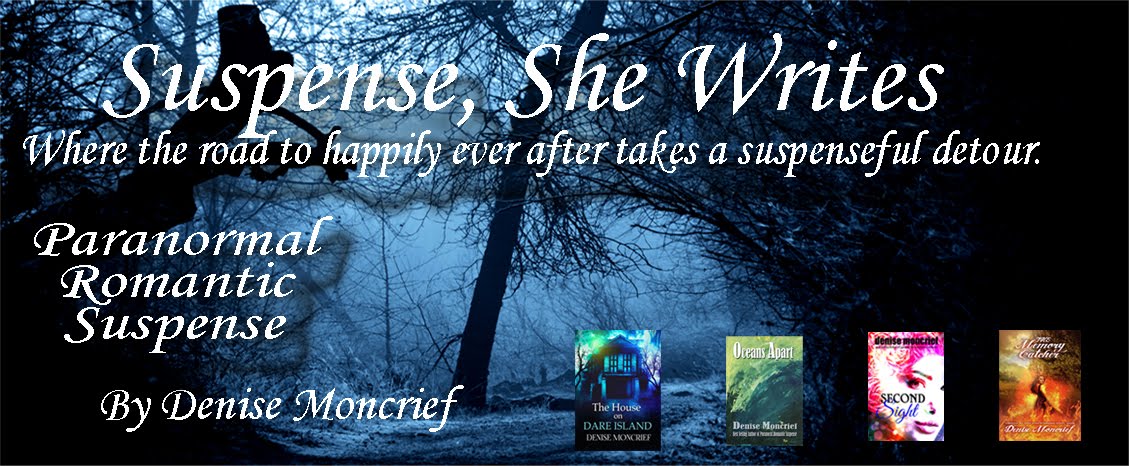Can you imagine how excited I was the first time a publisher
wanted a full read of one of my manuscripts? I was ecstatic until I got the
editor’s critique. The manuscript’s biggest issue? Point of view breaks,
commonly called head hopping. I was given the opportunity to correct this
deficiency, so I plodded through the story and revised it, thinking I had
conquered the head hopping habit. Unfortunately, I still didn’t “get” it. I am
happy to say the story was resubmitted to the same publisher and accepted for
publication…five years later.
I’ve learned a lot in five years, and I think I finally
mastered the concept of point of view. Sure I slip occasionally, but for the
most part I keep the scene in one character’s head at a time.
Point of view is all about
perspective. What does a character see, hear, feel, smell, taste, or
think? A scene begins in one character’s perspective and should stay in that
character’s perspective until the end of the scene. The point of view
character’s perceptions can be revealed through inner dialogue, internal
narrative, spoken dialogue, or action beats.
A point of view break occurs
when the author inserts internal narrative that reveals what is in another
character’s head, almost as if the author is hopping from head to head. Some
breaks are subtle. Some are obvious. All of them are potentially distracting to
the reader. Nothing is more distracting than the author bombarding the reader
with the thoughts of everyone in the scene.
So what is a scene?
A scene is a complete unit of action, narrative, and dialogue in the plotline,
a section of the story that has a beginning and an ending. Sometimes a scene is
a whole chapter. Sometimes it is only a portion of a chapter. Multiple scenes
within a chapter are separated by scene breaks—a formatting mechanism to show
the reader there is a break in the story, a shift to a new plot point. The goal
of a scene is to reveal information to the reader that moves the plot forward.
What signifies the story has moved to a new scene? The action will move to a
new location or there will be a time lapse from one scene to another.
Don’t make the mistake I did in the example I used at the
beginning of this post. I wanted to shift to another character’s point of view,
so I added a blank line indicating a scene break and picked the scene up right
where I left off. No. Not good. Bad writer. Make sure the scene is complete
before moving on to another point of view.

No comments:
Post a Comment
Thank you for leaving your comments. I love hearing from my readers and appreciate the feedback.